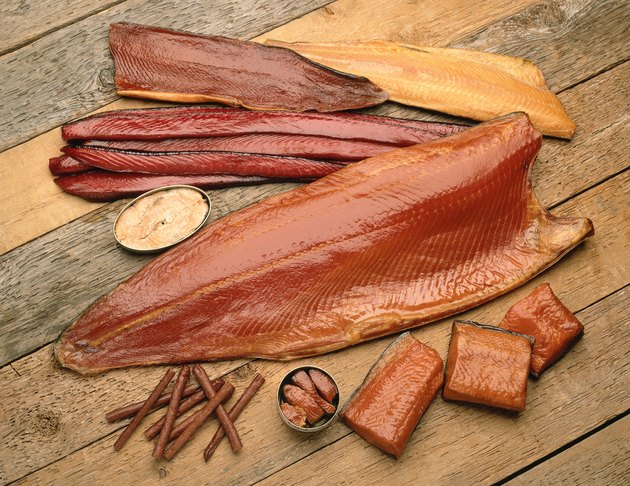Older people are more likely to suffer from temperature-related health problems than the general population. Decreased ability of the body to regulate temperature, medical problems, medicines and the environment are all factors affecting the ability of the elderly to maintain healthy body temperature. For the average person, the dangerous body temperature is below 95 degrees Fahrenheit or above 104 degrees Fahrenheit. The safety temperature range of the elderly is narrow, and varies about 2 degrees at both ends of the scale. temperature control Healthy young people adapt to temperature changes through various processes aimed at maintaining core body temperature. Sweating cools the body and shivering warms it up. Although there are differences among individuals, the elderly lose these thermoregulation functions, and their ability to sweat and tremble decreases. Blood circulation problems can increase temperature imbalance. Decreased thirst awareness in the elderly affects body temperature, as dehydration further reduces the body's ability to maintain a stable temperature.
When a person's core body temperature drops below 95 degrees Fahrenheit, it will lead to hypothermia. Although vasoconstriction and tremor in healthy young people increase body temperature and prevent injury, older people do not respond to these spontaneous reactions until their body temperature drops significantly.
Advertisements
In addition, older people have a longer response time to hypothermia and longer response time to interventions to help them warm up and restore healthy body temperature. hyperthermia is the result of overheating. Older people have a higher risk of high fever, because the normal aging process reduces the spontaneous response to cooling, chronic diseases and certain drugs. The symptoms of hyperthermia range from discomfort to life-threatening. Cramps caused by overheating are accompanied by moist, cool skin. Swelling of ankles and feet, edema or sudden dizziness are called thermal syncope and can be caused by overheating. Heat stroke causes dizziness, thirst, sweating and nausea, but the body temperature remains normal. Heatstroke occurs when the body temperature exceeds 104 degrees Fahrenheit. Chaos and fainting are symptoms of this medical emergency. Measures to prevent dangerous body temperature in hot weather include drinking water, avoiding alcohol and caffeine, taking a cold bath or shower, staying indoors on a hot day, using cooling fans or air conditioning, and avoiding excessive exercise. In cold environments, including operating rooms, special attention should be paid to keeping the elderly warm. Because the response time of temperature regulation is slow and the recovery time of low temperature is long, it is necessary to take measures to reduce the heat loss of the elderly by using warm blankets, warm baths or other heat preservation methods.
Advertisements



Comments